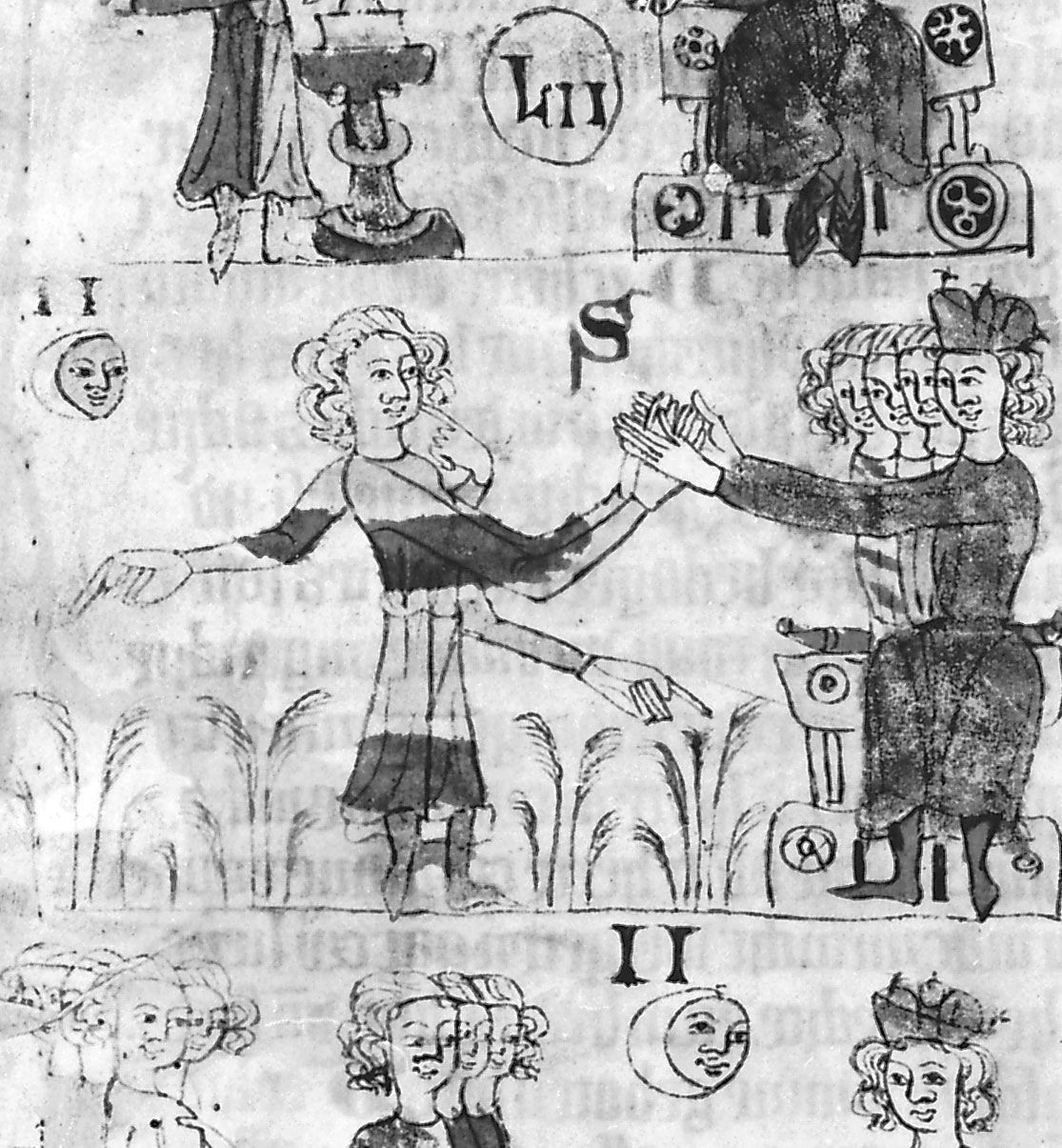Feudalism is a term you’ll often encounter when studying the Middle Ages, but what exactly does it mean? It’s more than just knights and castles; it represents a complex social, economic, and political structure that shaped much of Western Europe during a significant period of history. While the term “feudalism” itself was invented later, it describes a system of relationships and land ownership that defined medieval society.
Defining Feudalism: More Than Just a System
The term “feudalism” is actually a historiographical construct. This means it’s a label created by historians to categorize and understand the social, economic, and political conditions of Western Europe, particularly between the 5th and 12th centuries – the early Middle Ages. Think of it as a framework historians use to analyze a complex period, rather than a rigid system consciously implemented at the time.
The terms “féodalité” and “feudal system” started appearing in the 17th century. English terms like “feudality” and “feudalism” followed in the 18th century. These terms were derived from Latin words like feudum (meaning “fief”) and feodalitas (referring to services tied to the fief), both of which were used during the medieval period to describe a way of holding property. However, relying too heavily on the “fief” as the central element can be misleading. It risks overemphasizing land tenure at the expense of other crucial aspects of medieval life.
Origins and Historical Context of Feudalism
The period associated with feudalism, the early and central Middle Ages (5th to 12th centuries), began with the decline of central political power in Western Europe after the fall of the Roman Empire. While the Carolingian period, especially under rulers like Pippin and Charlemagne (8th-9th centuries), saw a temporary resurgence of a unified empire, this was relatively short-lived. Before and after this period, political authority was fragmented, and power became decentralized.
Without strong central governments, local lords became increasingly powerful. They expanded their territories and tightened their control over the populations within them. Terms like feudum, beneficium, and casamentum started to be used to describe forms of property holding. These holdings are often interpreted as dependent tenures, meaning the holder’s rights were limited. However, historical documents suggest that these holdings weren’t always easily distinguishable from “freehold property” (allodium), indicating a more nuanced reality than a simple hierarchical system.
Key Elements of the Feudal System
When historians of the 17th century and onward constructed the “feudal model,” they focused on several key characteristics:
- Absence of Public Authority: Centralized government weakened or disappeared, and local lords took over administrative and judicial functions. This led to localized power structures.
- Disorder and Conflict: The lack of central authority often resulted in localized conflicts and instability. While not constant chaos, endemic conflict was more common than in periods with strong central states.
- Lord-Vassal Relationships: The core of the feudal system was the bond between lords and free dependents, known as vassals. These bonds were created through the granting of fiefs by lords to vassals and the vassals’ pledge of homage to their lords.
Fiefs were the tangible element of this relationship, typically land, granted by a lord to a vassal in return for service. This service often included military duties, but could also involve counsel and financial support. The vassal, in turn, swore fidelity to the lord, becoming his “man” through the ceremony of homage. The lord was obligated to protect and support his vassals.
This system of reciprocal obligations formed the backbone of feudal society, creating a hierarchical structure based on personal bonds and land tenure.
The Evolution and Misconceptions of Feudalism
The 17th-century scholars who developed the feudal model drew upon medieval documents, chronicles, and legal commentaries, particularly the Libri feudorum (“Book of Fiefs”). However, their interpretations were also influenced by 17th-century practices and legal theories. They sometimes projected later legal concepts back onto the medieval period.
This led to the idea of a single, unified “feudal law” that supposedly spread across Europe during the early Middle Ages. While there were commonalities, the reality was much more diverse and regionally varied. The concept of “feudalism” provided a way to simplify a complex and fragmented period of European history. It filled the gap between the Roman Empire and the re-emergence of strong states in the 12th century.
However, the very neatness of the “feudal system” as a concept can also be misleading. Later historians, influenced by the Enlightenment and the search for universal systems, attempted to apply the feudal model to other societies, including Japan, Persia, and even ancient Rome. Philosophers like Giambattista Vico saw feudalism as a near-universal institution. Adam Smith, viewing feudalism through an economic lens, linked it to a stage of social development characterized by limited commerce and semi-free labor tied to the land.
Why Feudalism Matters and its Legacy
While the concept of “feudalism” is a construct, it’s a useful tool for understanding key aspects of medieval European society. It highlights the decentralized political landscape, the importance of land ownership, and the personal bonds that held society together. It’s crucial to remember that “feudalism” wasn’t a monolithic, uniform system. It varied across regions and evolved over time.
Understanding feudalism helps us grasp the roots of later European social and political structures. While the “feudal system” in its classic medieval form declined, aspects of it, particularly concerning land ownership and aristocratic power, persisted for centuries and left a lasting legacy on European history. The term itself continues to be debated and refined by historians today, reflecting the ongoing effort to understand the complexities of the medieval world.

